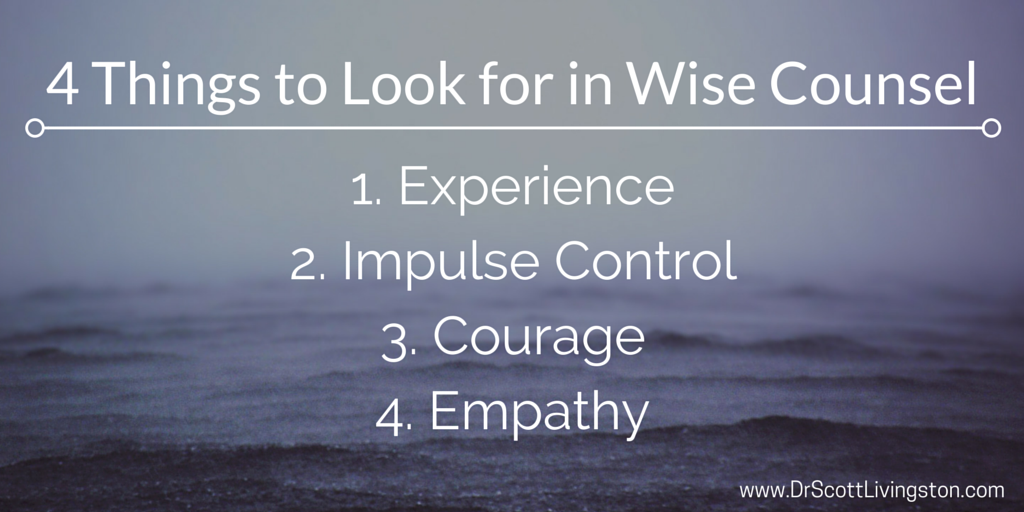A couple of weeks ago I wrote a post on a common leadership saga I have observed over the years. Here is a link to that post just in case you missed it.
The point I was trying to make in that post was that oftentimes, as leaders, we miss opportunities to build connections with people on our teams who are working hard by withholding our praise to see what the outcome of their work is going to be.
As leaders we get so focused on the results that we miss giving positive feedback on the process the person is using.
Here is a chart from that post that looks at when praise gets missed:
Outcomes are just that, results.
It really isn’t helpful to followers if leaders give feedback on results. The folks we have on our teams know if they are hitting goals or not. If they hit the goal it is good, and if they don’t it is not so good. We don’t really need a leader to tell us that...all we need is a spreadsheet.
What people who work with us really need is feedback on the processes they are using. That is where good coaching comes into play.
Two Colliding Events
I am sure it is recency bias, but I am always amazed at how I can write a post like the one I wrote a couple of weeks ago and then have examples come pouring in that give some support to the ideas.
That happened actually the day after I wrote the above post on praise at work. My wife and I went out to dinner with some friends and I was asking one of the guys, Sam, how work was going. He said that generally things were good and he really was enjoying the work his team was doing, they were making a difference.
I told him that was really great, and that I was happy to hear it. Then I remembered he has a new boss, so I asked…
“...How’s the new boss?”
“Okay...” Sam said. “I really don’t hear from him very much. I usually only hear when things didn’t go as planned.” Then he said, unsolicited, I swear,
“It sure would be nice to hear from him once in a while that things were going well.”
I commented to my wife on the drive home how interesting it was that Sam was experiencing what I just wrote about.
After we got home that evening, I decided to do some reading before going to bed.I opened one of my journal apps and there is an article from a psychotherapist who studies mentally strong kids and what parents can do to support this. I thought how interesting that this topic of praise keeps coming into my consciousness.
Here is what the author concludes about what good praise looks like:
Praise the process. Let go of the outcome and focus on the quality of the input.
Compare past efforts with current effort; not other people. Don’t pit employees against each other, make the challenge for personal improvement. People will always compare results, but great leaders help individuals find ways for incremental improvement.
Use observational language. Instead of saying, “Your participation was good,” Say something like, “It was very effective when you took the lead in that meeting.”
I thought those were really insightful and great reminders for us all.
Then I got to thinking, I believe there is one more tip worth mentioning…
Don’t forget the WHY. As you give people coaching, feedback, or praise, we will often tell them what they did and forget to include why it was important. The WHY of any story completes the thought.
How about you?
Who have you given some praise today? Not because they hit the goal, but because of the process they are using?






















